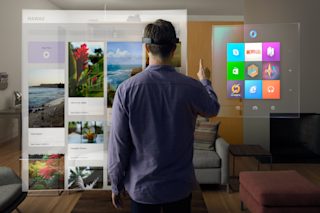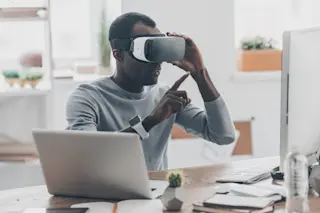The Microsoft Hololens headset is an example of augmented reality technology that blends the virtual and real worlds. Credit: Microsoft This has been hailed as the year of virtual reality. By the end of 2016, four major headsets backed by tech giants such as Facebook, Sony and Samsung will have debuted with the promise of providing total immersion inside virtual worlds. But tech industry leaders still say that augmented reality technologies which blend virtual elements with the real world offer even more promise in the long run. You would be forgiven if you got the impression that the future is all about virtual reality. Maybe it's because Hollywood and pop culture have already spent years putting the idea of virtual reality in many people's heads through films such as "The Matrix." Maybe it's awareness of virtual reality benefiting from a previous boom and bust cycle of mainstream excitement in the ...
Augmented Reality Rises in Virtual Reality's Shadow
Explore how augmented reality technology, like the Microsoft Hololens, could surpass the virtual reality market in potential and revenue.
More on Discover
Stay Curious
SubscribeTo The Magazine
Save up to 40% off the cover price when you subscribe to Discover magazine.
Subscribe













